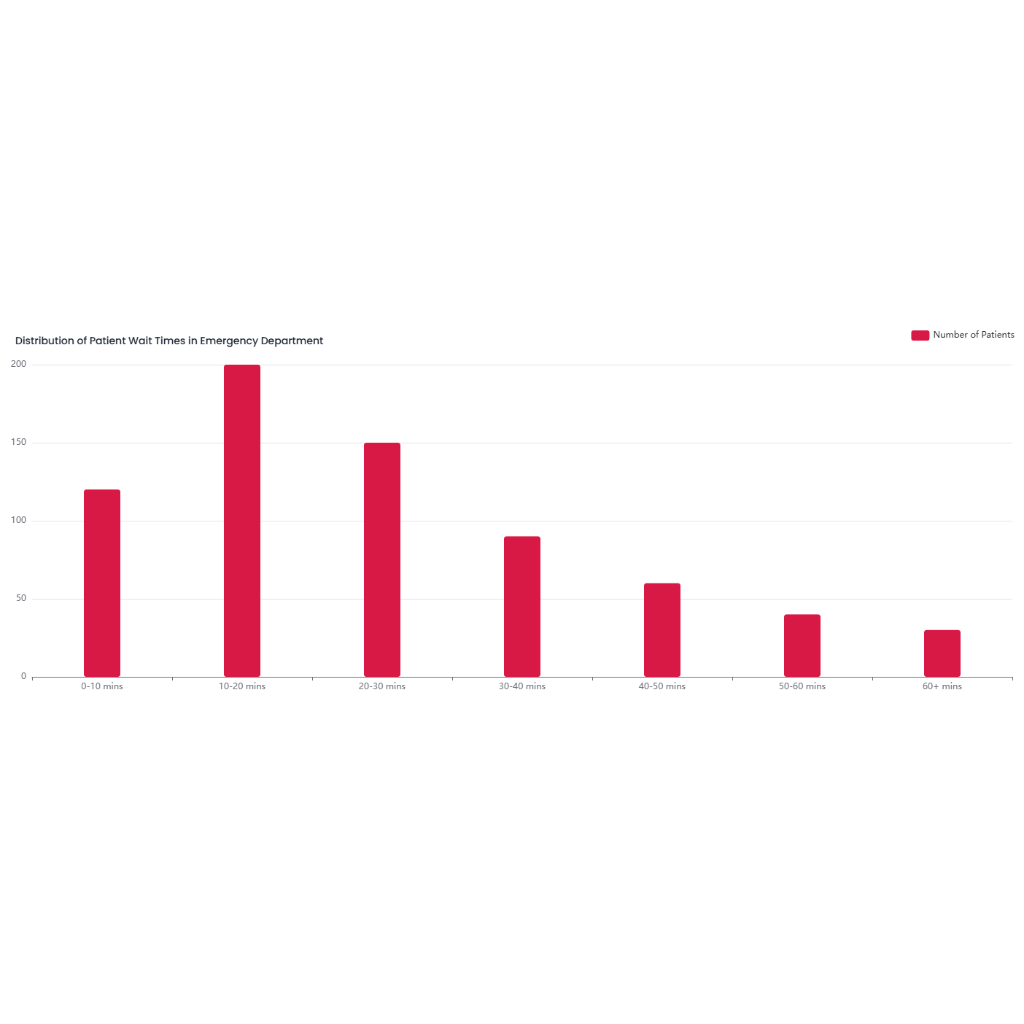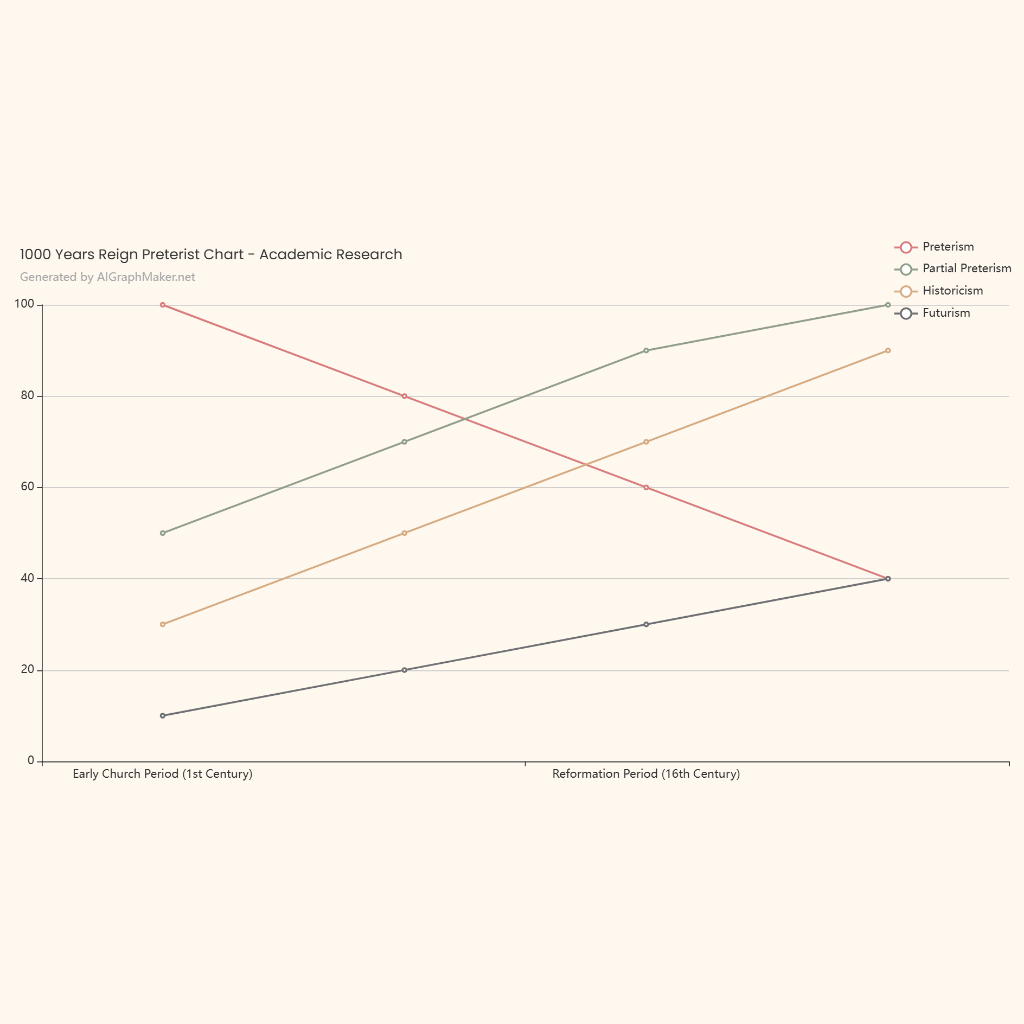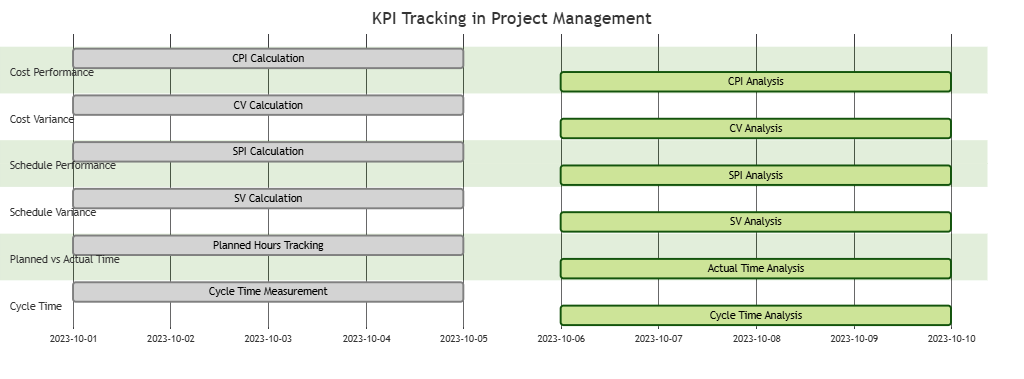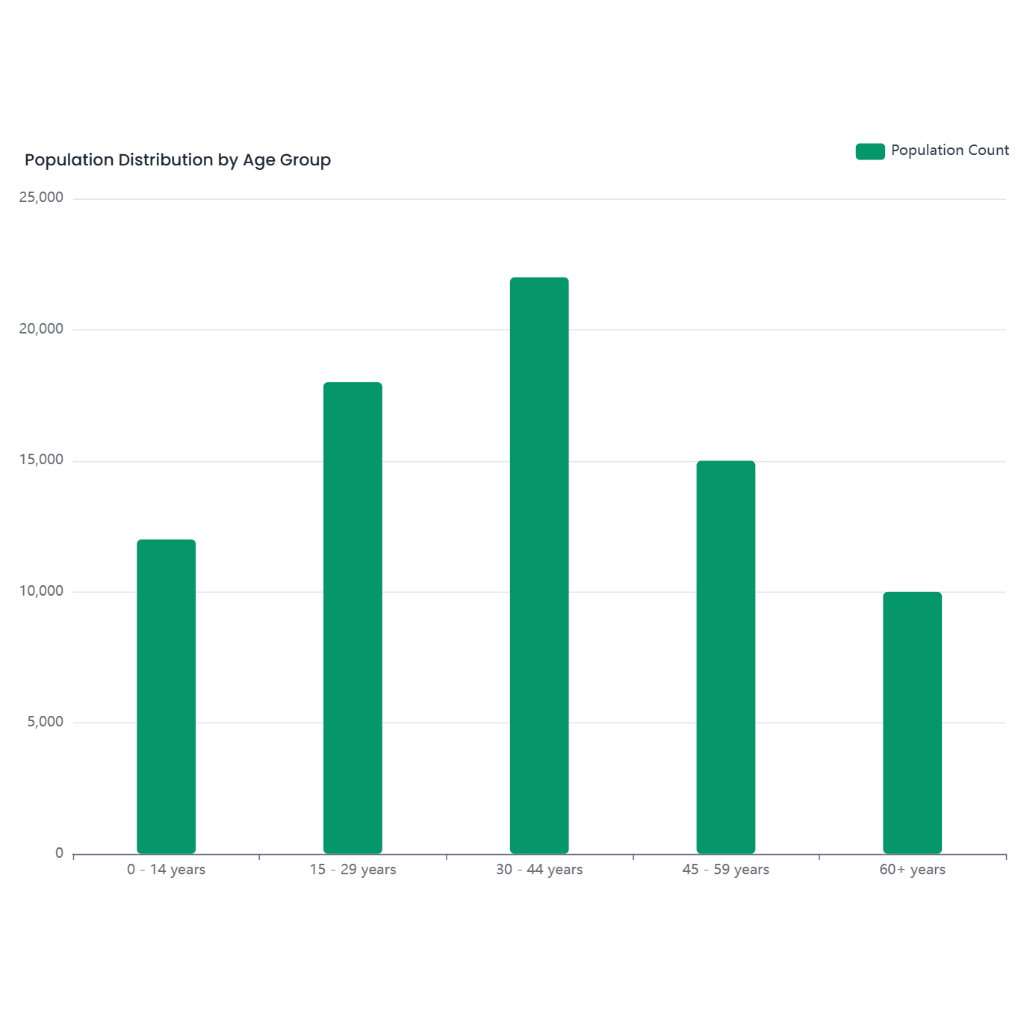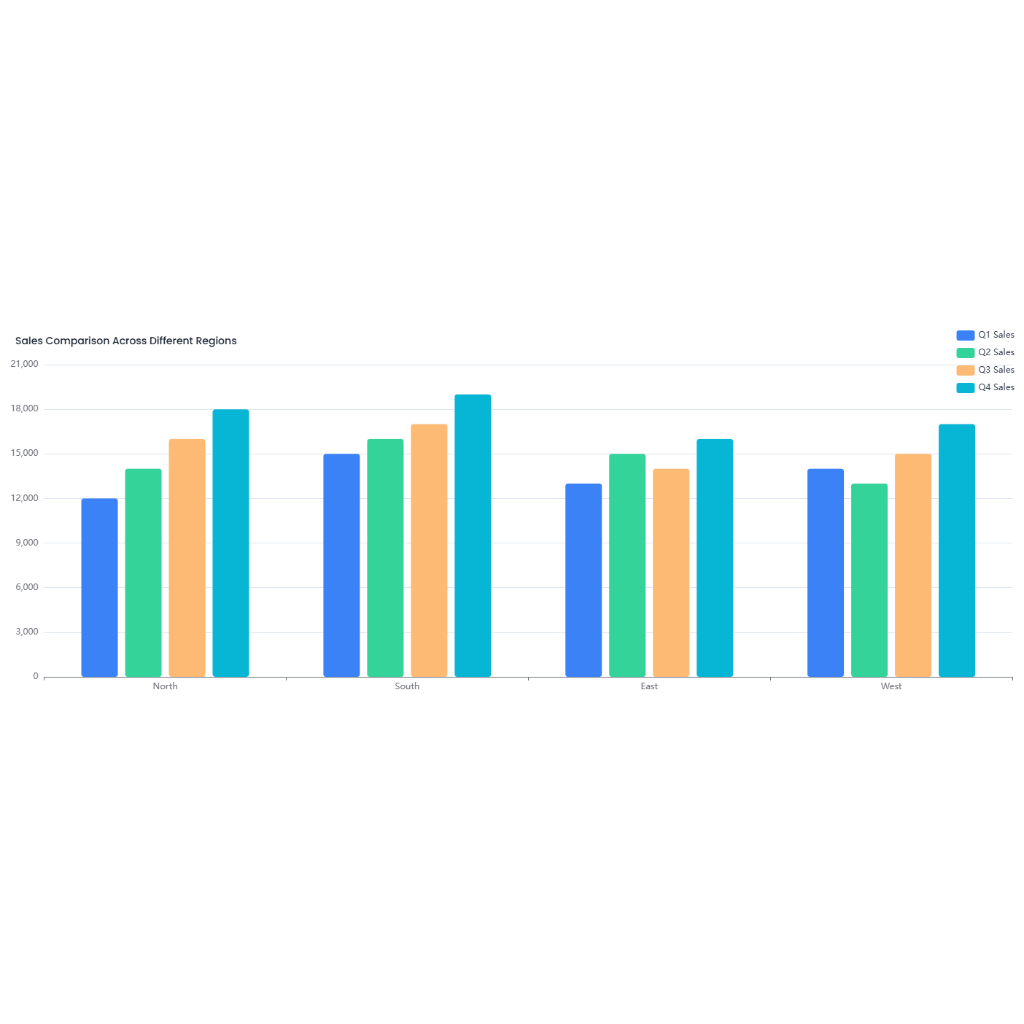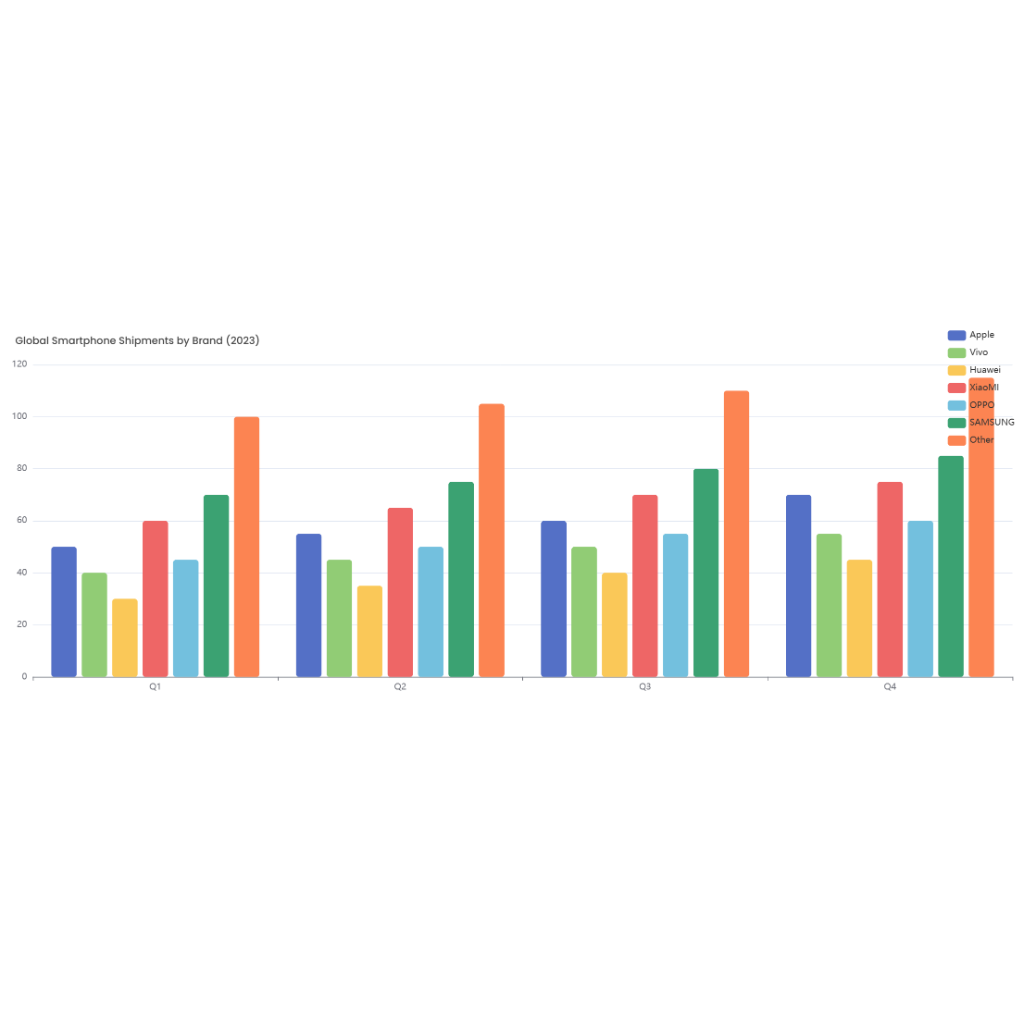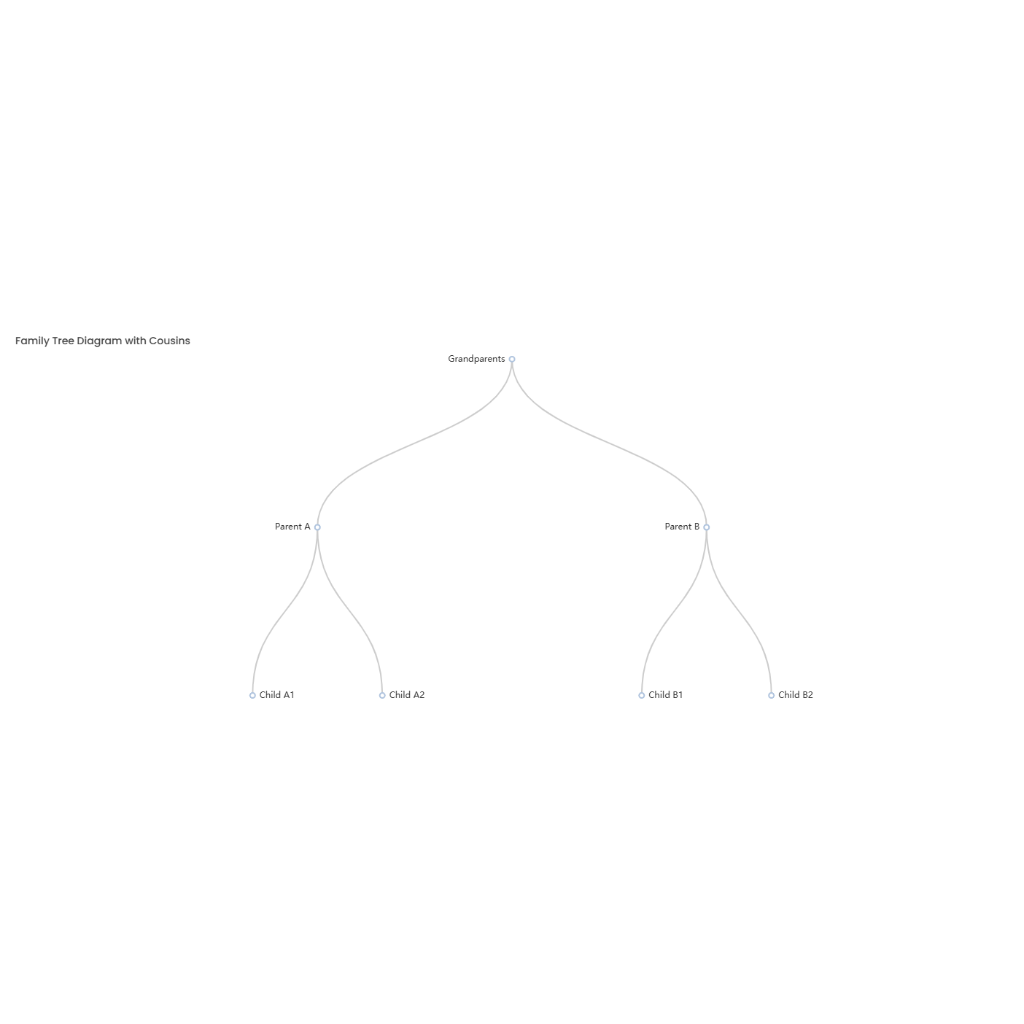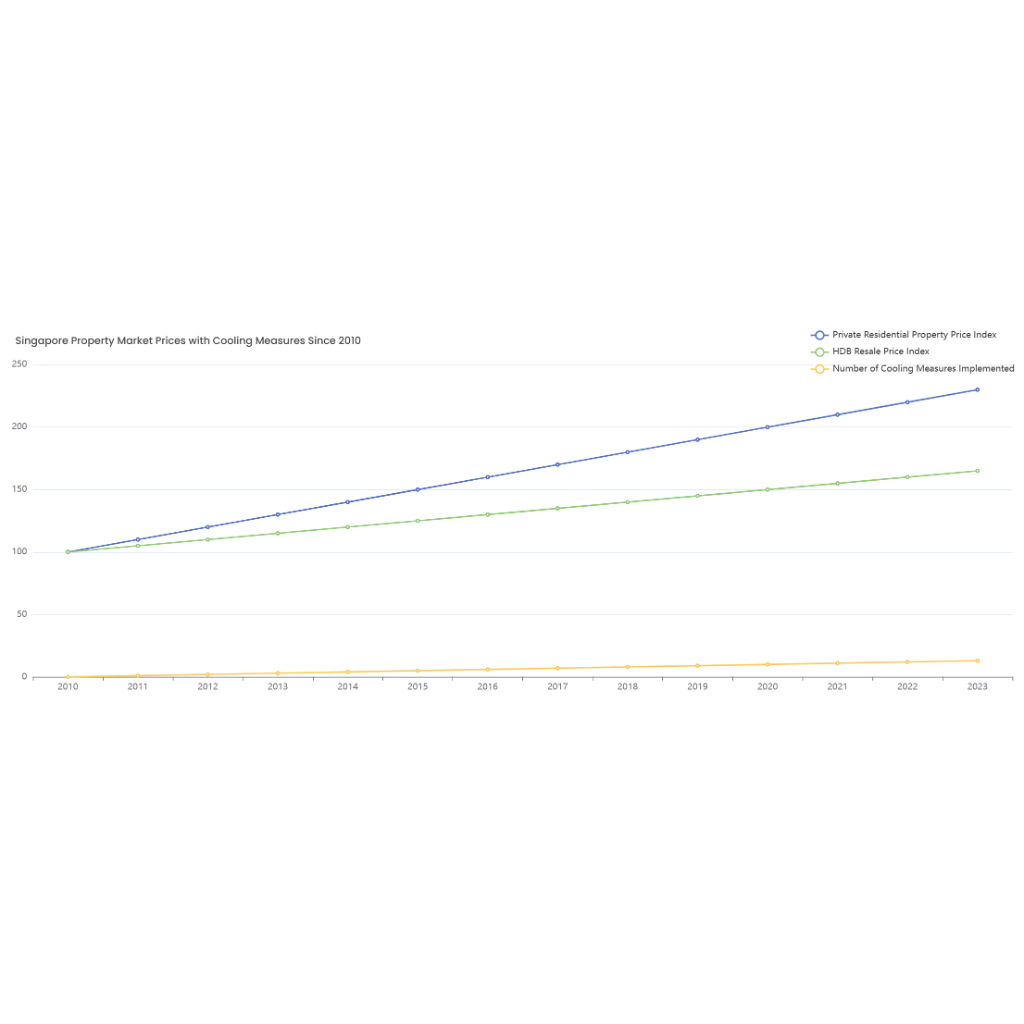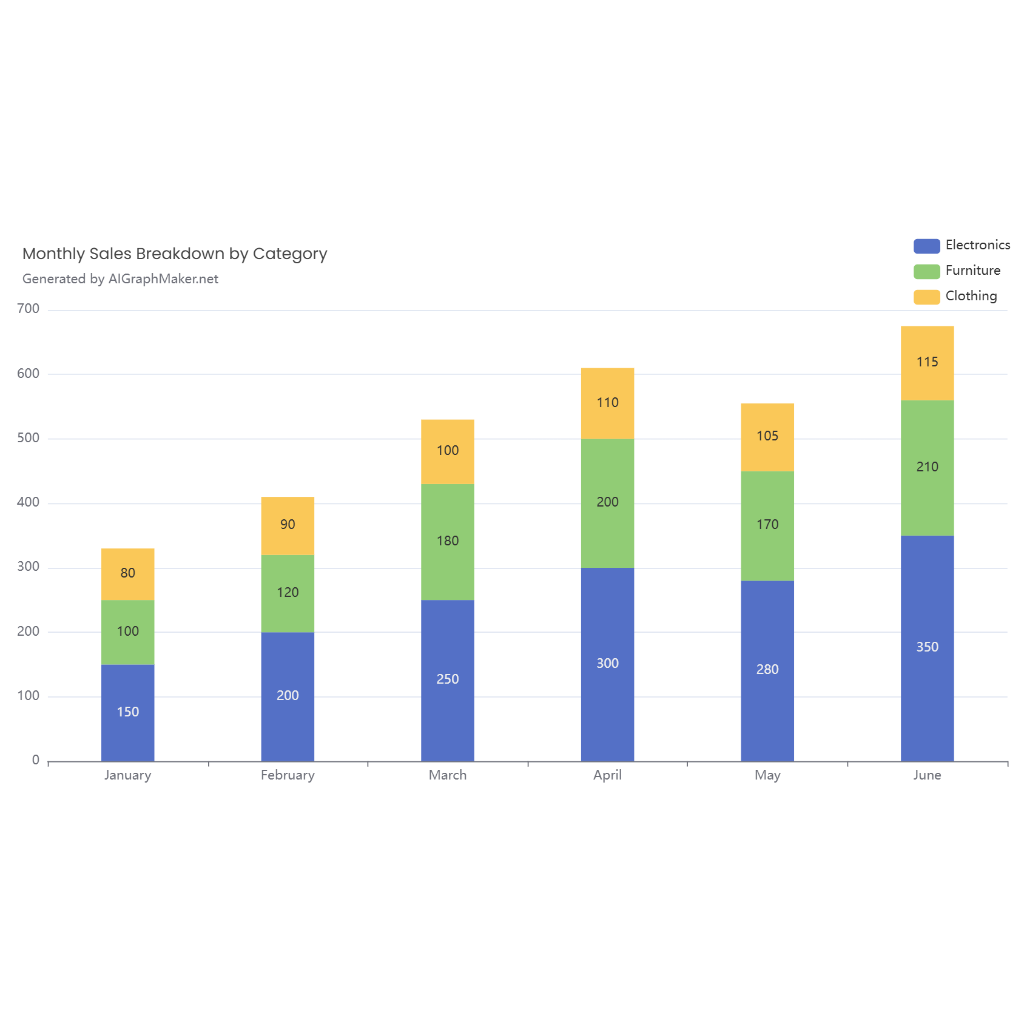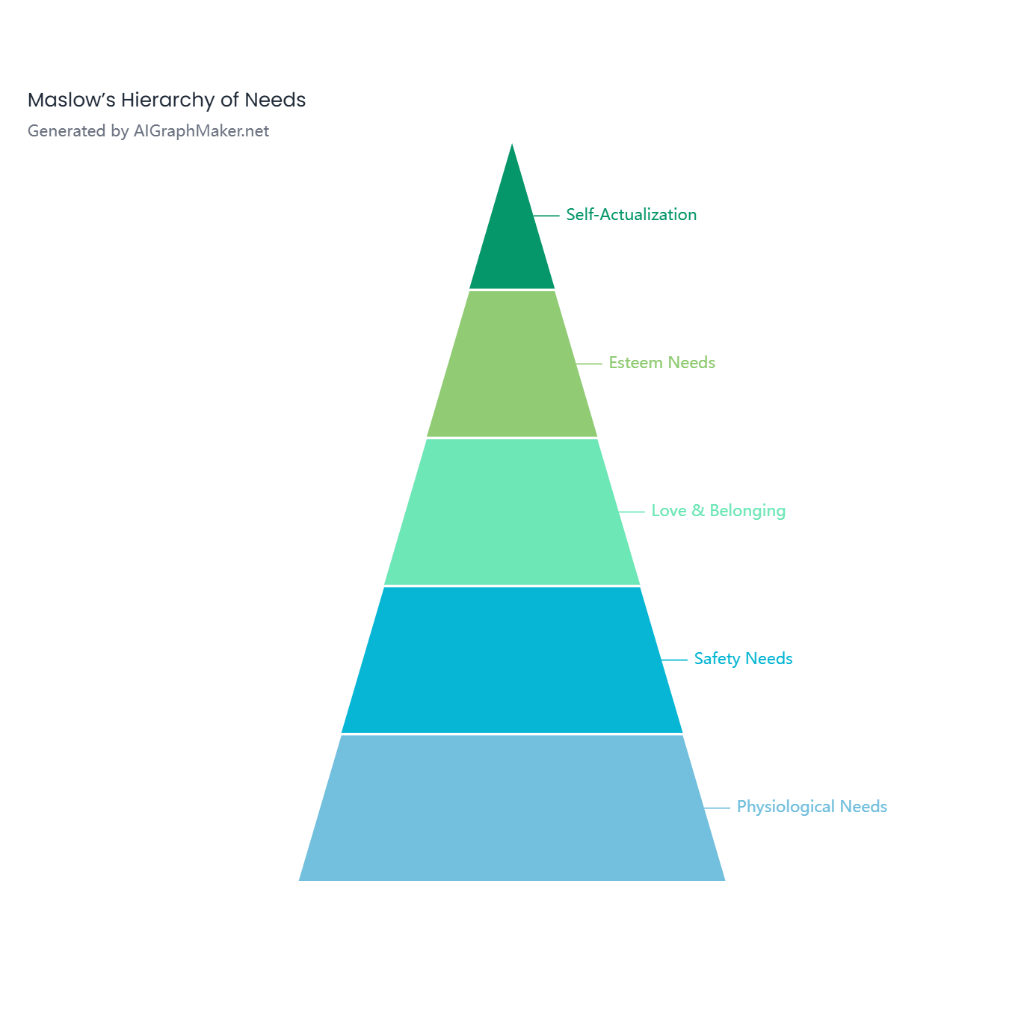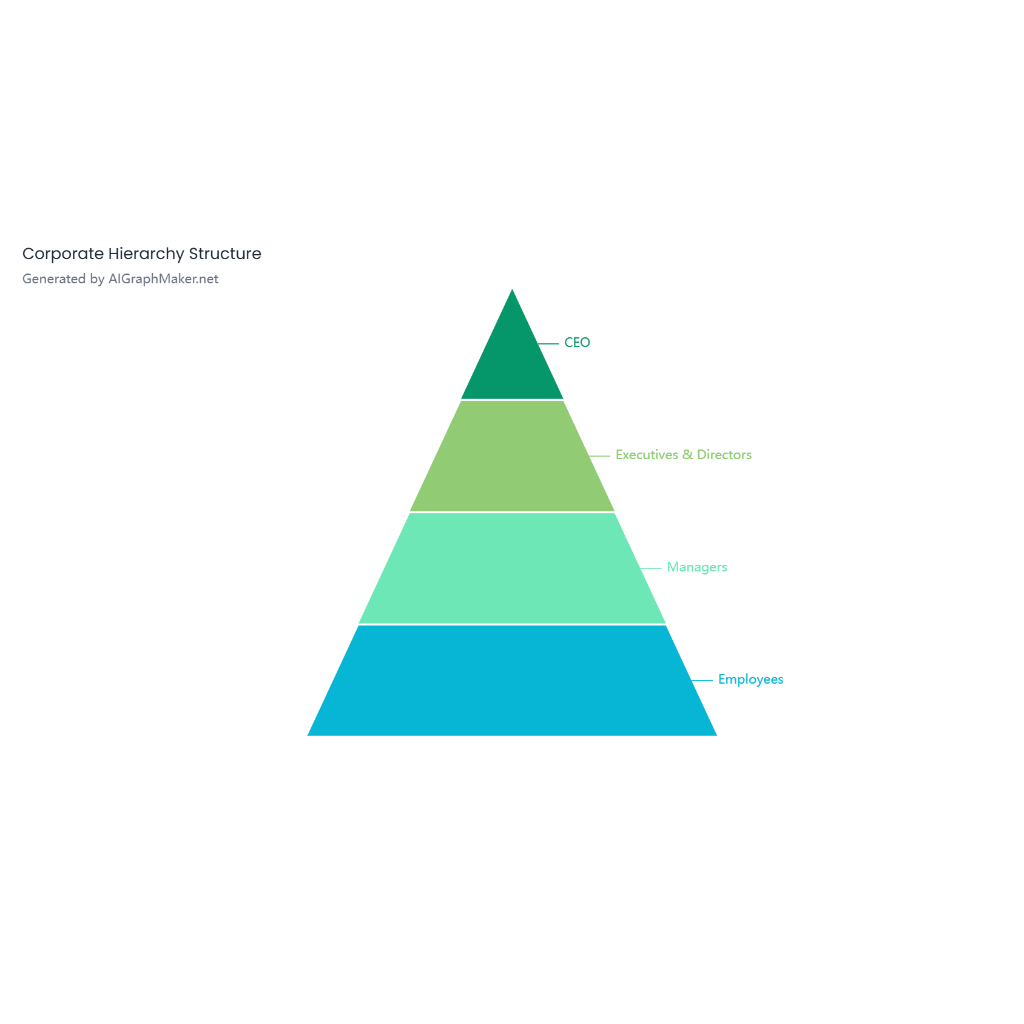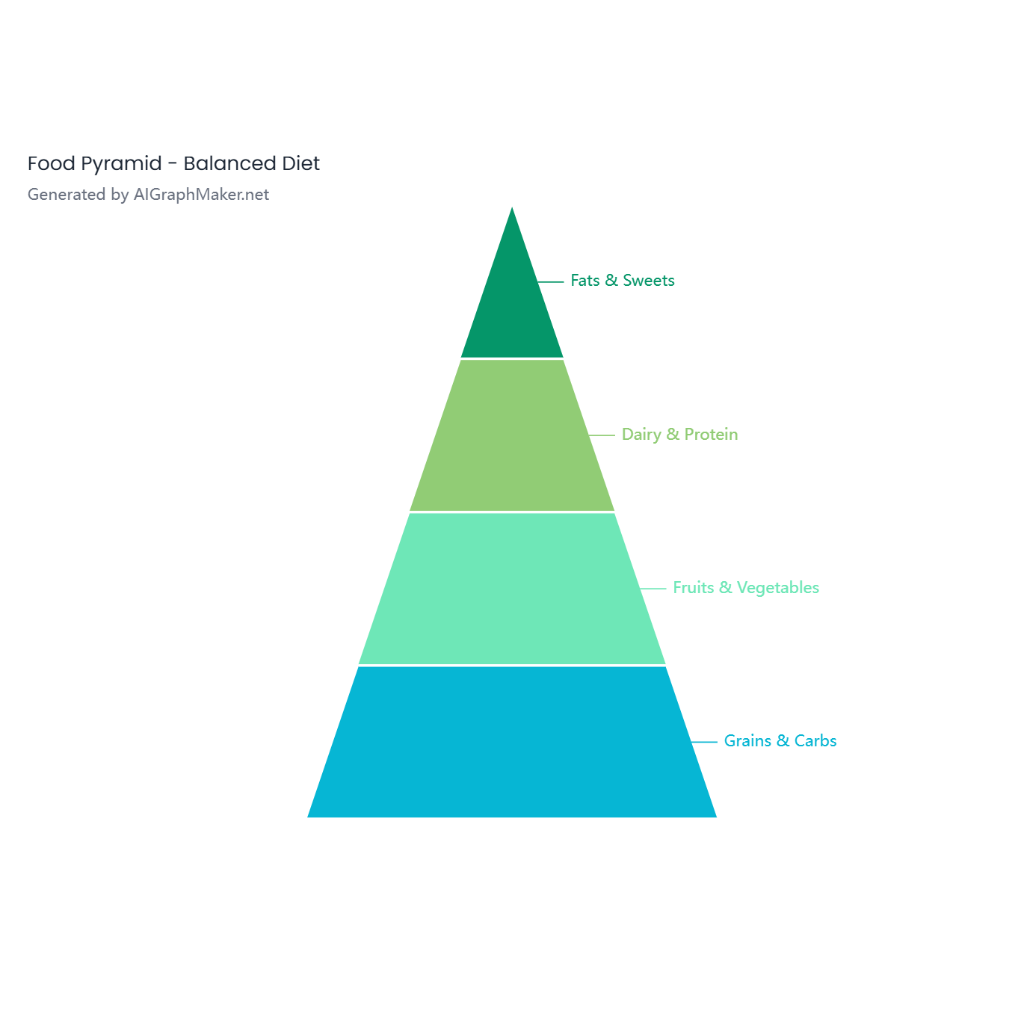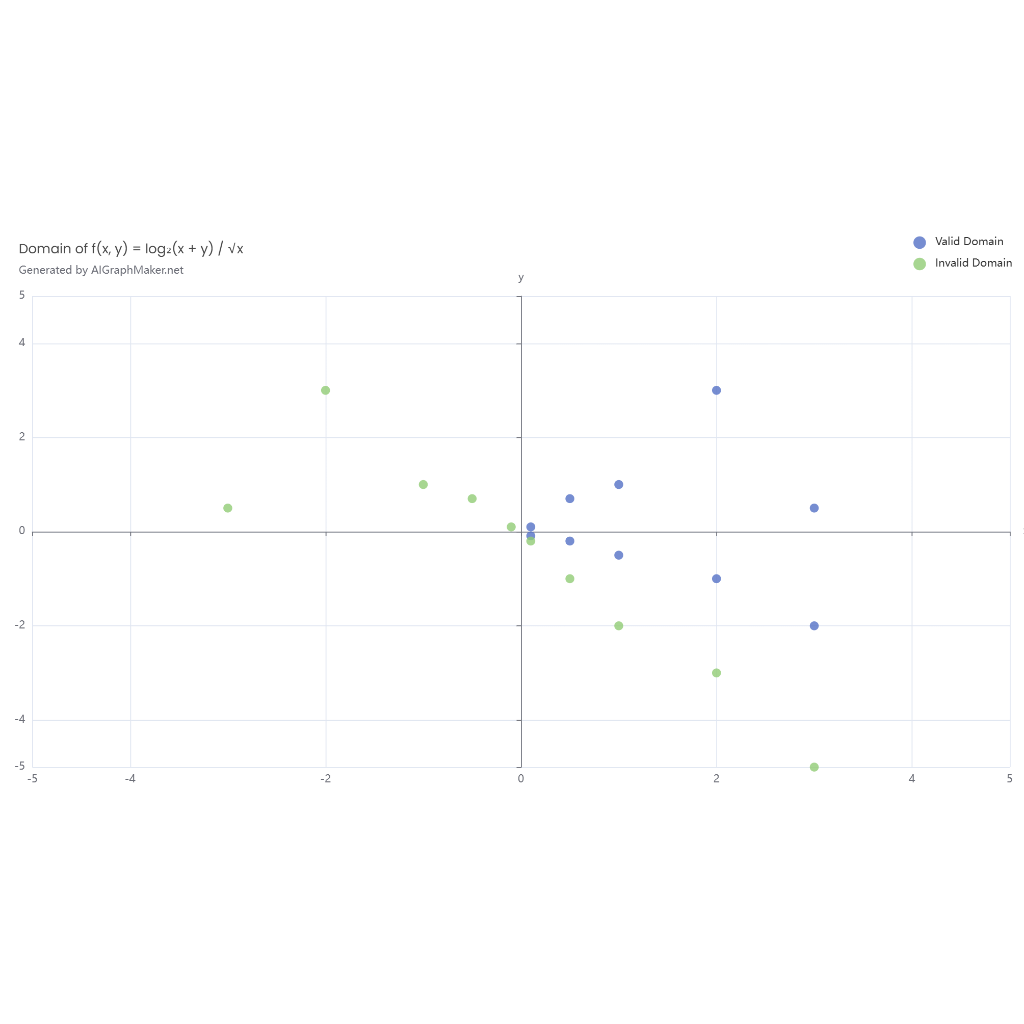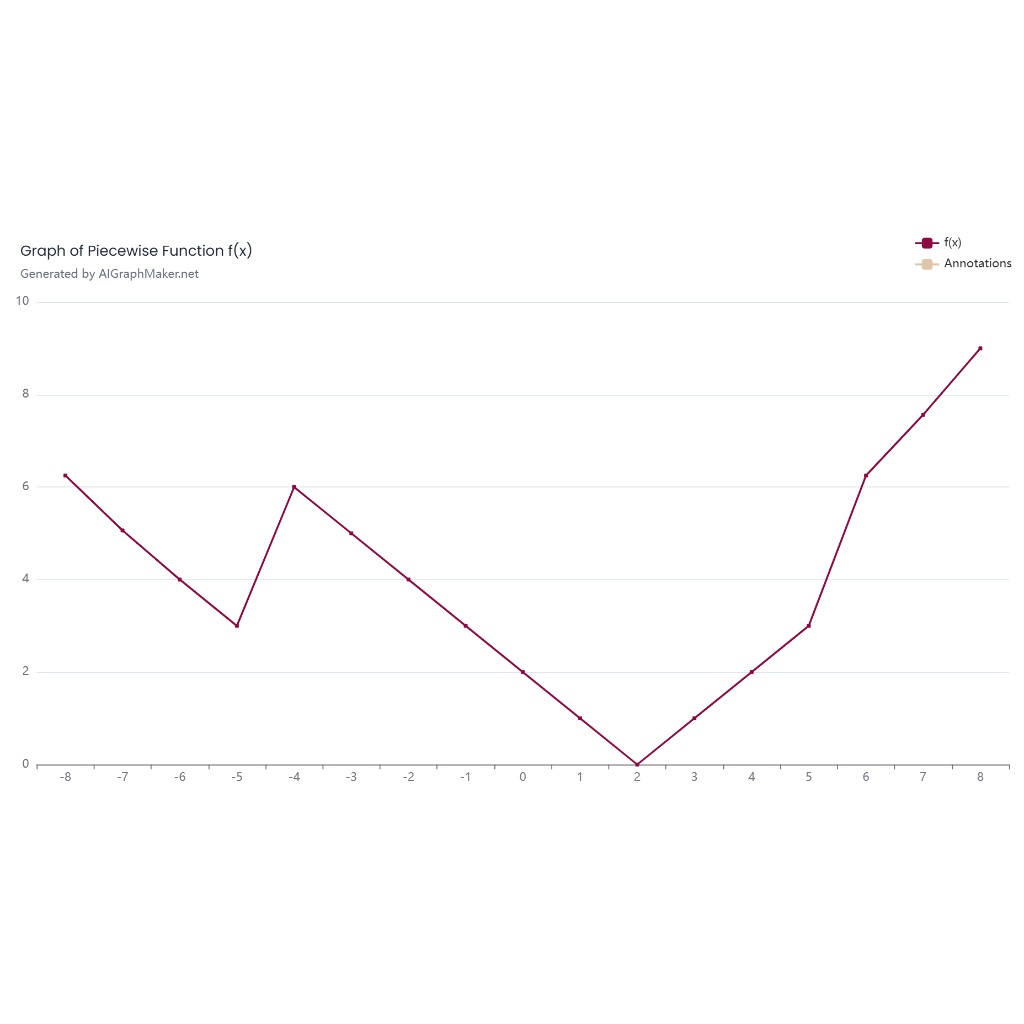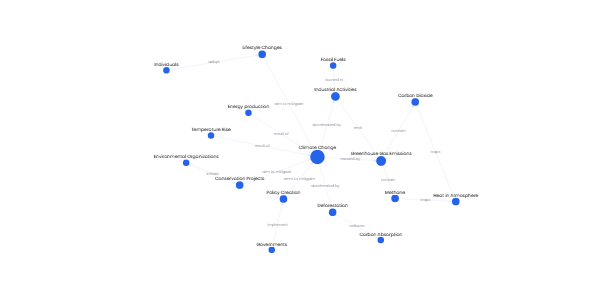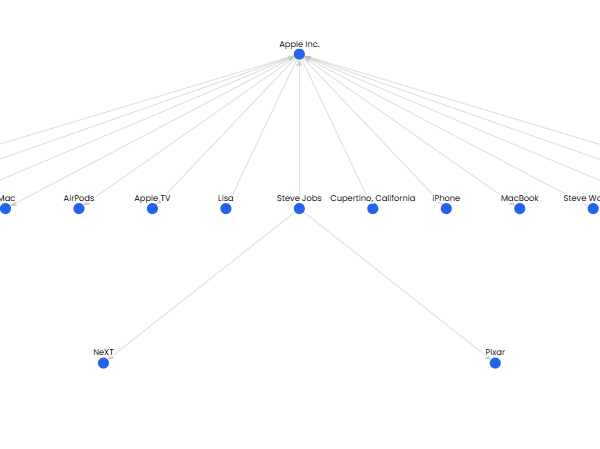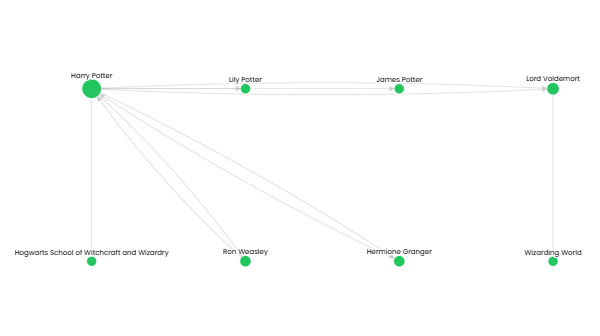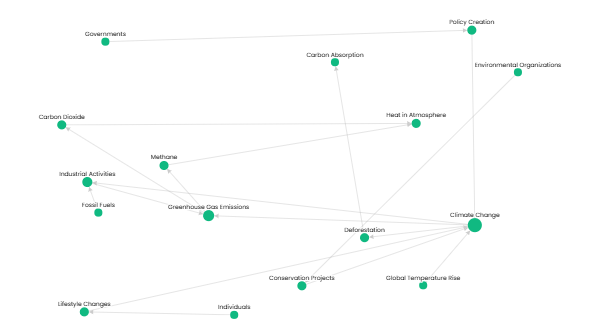Description
An effective project organizational chart for event planning outlines the roles and responsibilities of each team member and stakeholder involved in the event. Here's a concise overview of a typical event planning project structure:
- **Event Planning Company**: Oversees the entire project, serving as the central hub for coordination and communication.
- **Project Manager**: The key driver of the project, responsible for setting objectives, creating schedules, allocating resources, and ensuring the event aligns with client requirements.
- **Event Coordinator**: Manages day-to-day logistics, including venue setup, vendor management, and on-site coordination during the event.
- **Marketing Team**: Handles all promotional activities, from pre-event marketing campaigns to on-site branding and social media management.
- **Design Team**: Focuses on the visual aspects of the event, including stage design, lighting, audio-visual elements, and any printed materials.
- **Catering Team**: Manages all food and beverage services, ensuring they meet the event's theme and the client's specifications.
- **Security Team**: Responsible for the safety of attendees, the venue, and event materials. Coordinates with local authorities if necessary.
- **Technical Team**: Manages all technical aspects, including sound systems, lighting, and any special effects required for the event.
- **Volunteers/Staff**: Provide support across various areas as needed, ensuring the smooth operation of the event.
This structure ensures clarity in roles and responsibilities, fostering efficient collaboration and communication among all parties involved. It helps to prevent misunderstandings and duplication of efforts, ultimately contributing to the success of the event.
